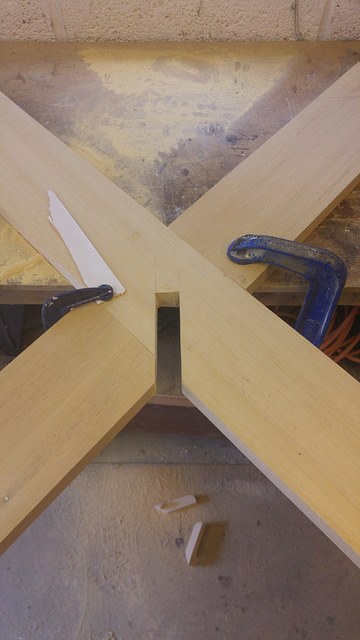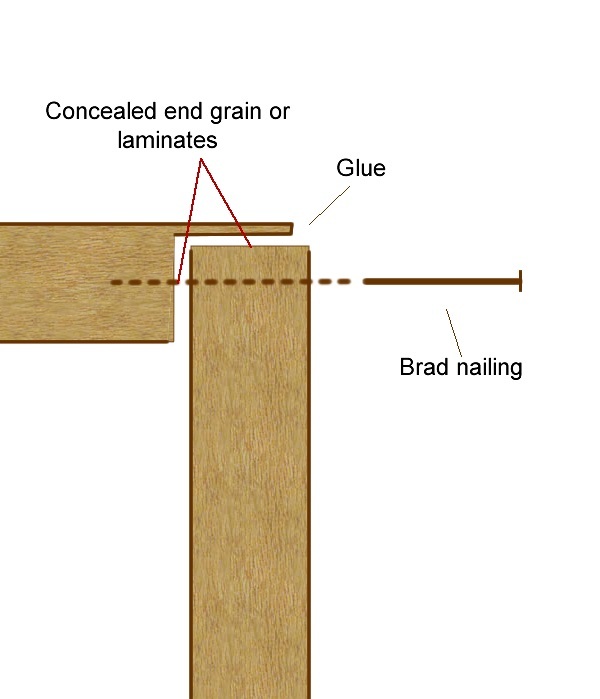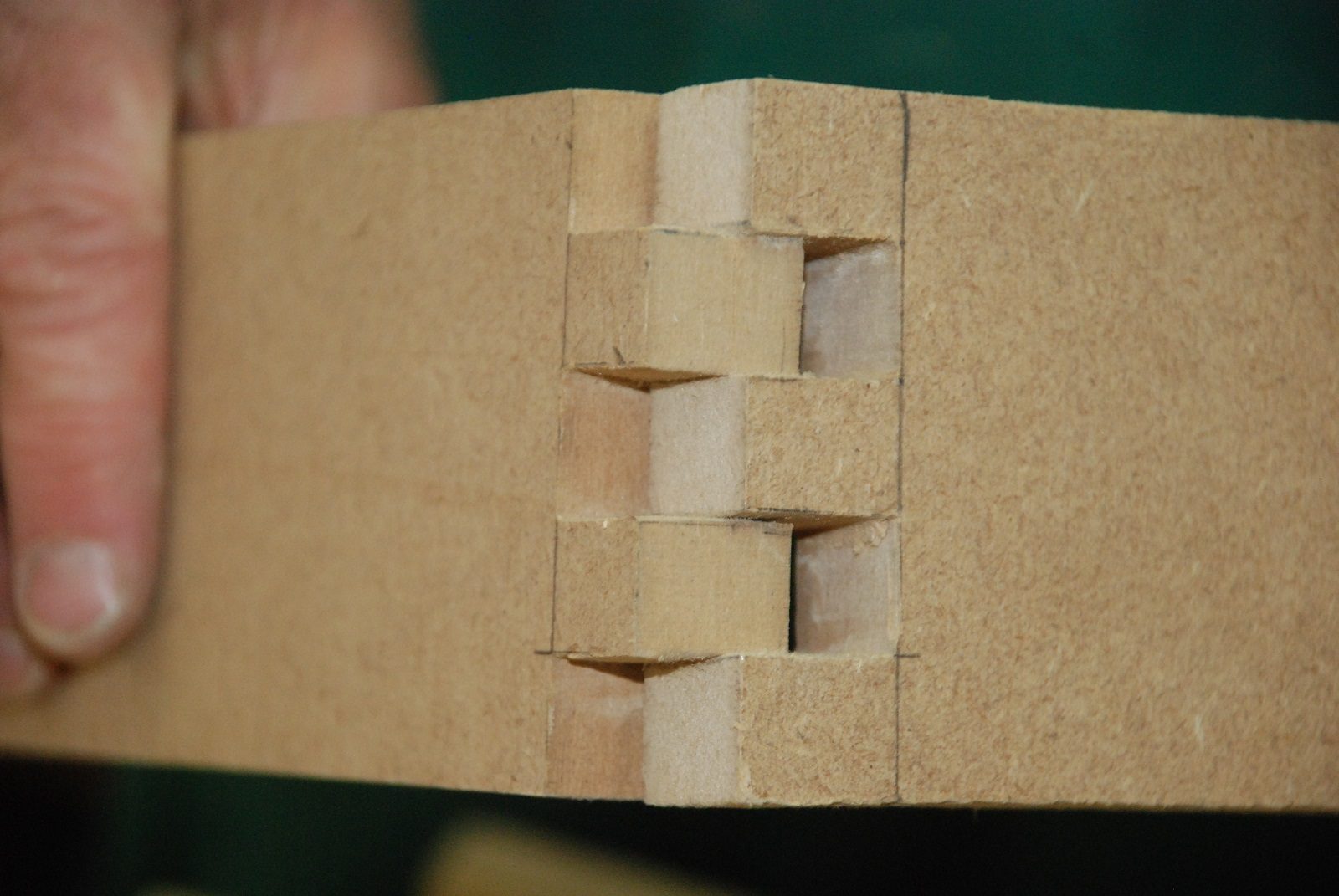Cutting Notches in Plywood
Plywood makes the construction of larger items much easier due to the sheer size of plywood sheets (8’ x 4’; or 125 x 250 cm in Europe). Sheets may be cut to appropriate size readily on a table saw or with a skil saw using a straightedge guide clamped to the wood. However, there are … Read more





